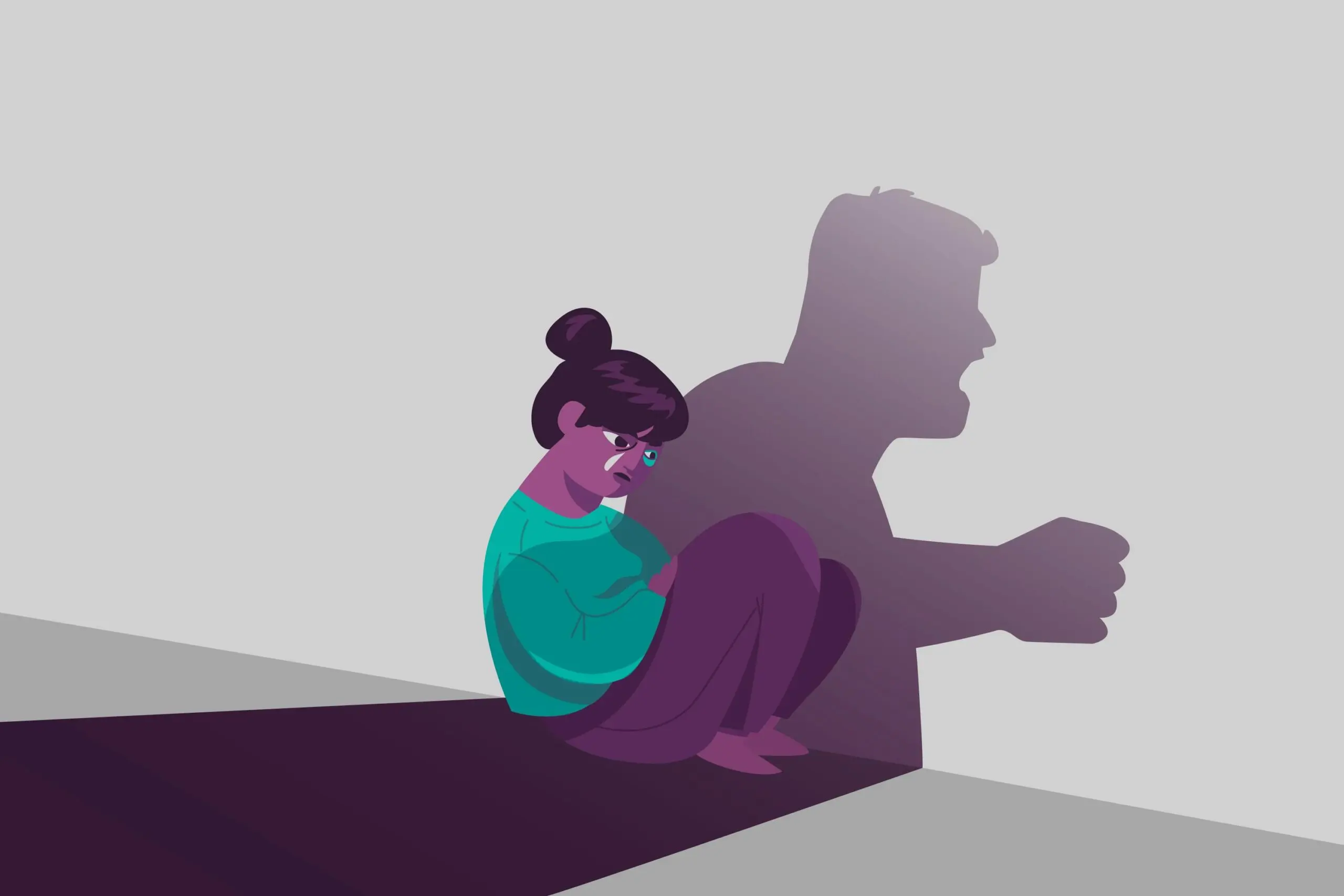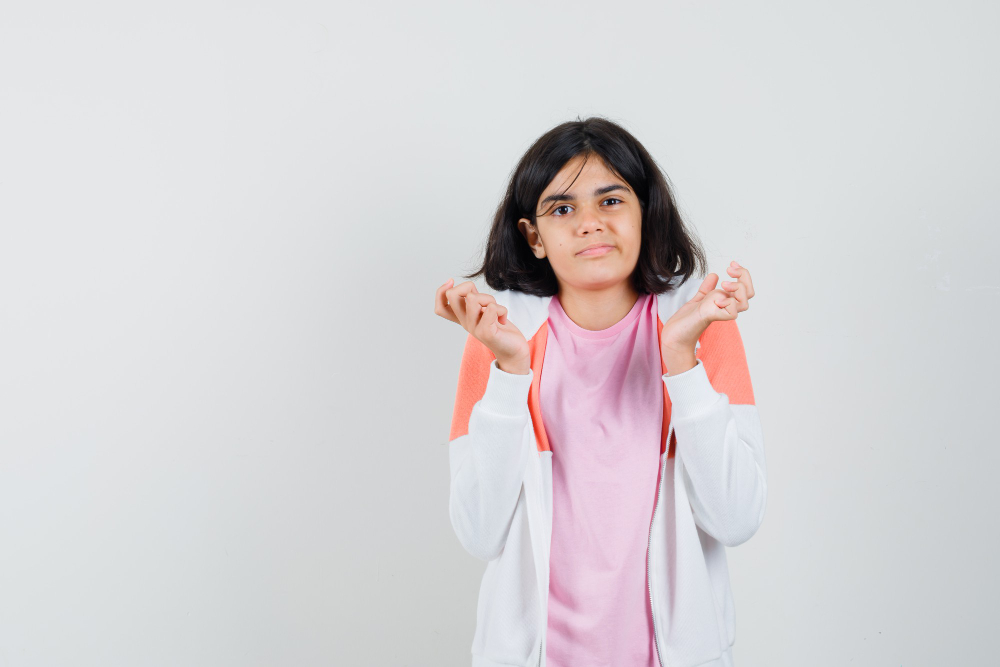Specific Phobias
Overview
Specific phobias are characterized by an intense, irrational fear of particular objects or situations, leading to avoidance behaviours and significant distress. In India, these phobias are among the most prevalent anxiety disorders, yet they often remain underreported due to cultural stigmas and limited mental health awareness.
Key Facts
- Prevalence: A national survey reported that specific phobias have a prevalence rate of 2.47% in the Indian population, making them the most common anxiety disorder in the country.
- Age of Onset: Specific phobias often develop during childhood or adolescence and can persist into adulthood if left untreated.
- Gender Differences: Studies indicate that females are more likely to be affected by specific phobias than males.
Symptoms and Patterns
Individuals with specific phobias may exhibit:
- Intense Fear: Overwhelming anxiety when exposed to the phobic stimulus.
- Avoidance Behaviour: Deliberate efforts to avoid the feared object or situation.
- Physical Symptoms: Palpitations, sweating, trembling, or dizziness upon exposure.
- Anticipatory Anxiety: Excessive worry about encountering the phobic stimulus in the future.
Risk and Protective Factors
Risk Factors:
- Genetic Predisposition: A family history of anxiety disorders can increase susceptibility.
- Traumatic Experiences: Negative or traumatic encounters with the feared object or situation.
- Cultural Influences: Cultural beliefs and societal norms can shape the development of certain phobias.
Protective Factors:
- Early Intervention: Timely psychological support can prevent the progression of phobias.
- Supportive Environment: Encouragement from family and friends to confront fears can aid in recovery.
Treatment and Care
Effective management of specific phobias includes:
- Exposure Therapy: Gradual and controlled exposure to the feared stimulus to reduce anxiety responses.
- Cognitive Behavioural Therapy (CBT): Identifying and challenging irrational thoughts associated with the phobia.
- Relaxation Techniques: Methods such as deep breathing and mindfulness to manage anxiety symptoms.
- Medication: In some cases, short-term use of anxiolytics or antidepressants may be considered.
Psychological and Psychosocial Interventions
- Behavioural Therapy: Utilizing techniques like systematic desensitization to reduce fear responses.
- Virtual Reality Therapy: Employing simulated environments to expose individuals to phobic stimuli safely.
- Community Education: Raising awareness to reduce stigma and encourage individuals to seek help.
Conclusion
Specific phobias significantly impact the quality of life for many individuals in India. Despite their prevalence, they are often overlooked due to societal stigma and lack of awareness. Promoting understanding and providing accessible, evidence-based treatments are essential steps toward improving mental health outcomes in the Indian context.



